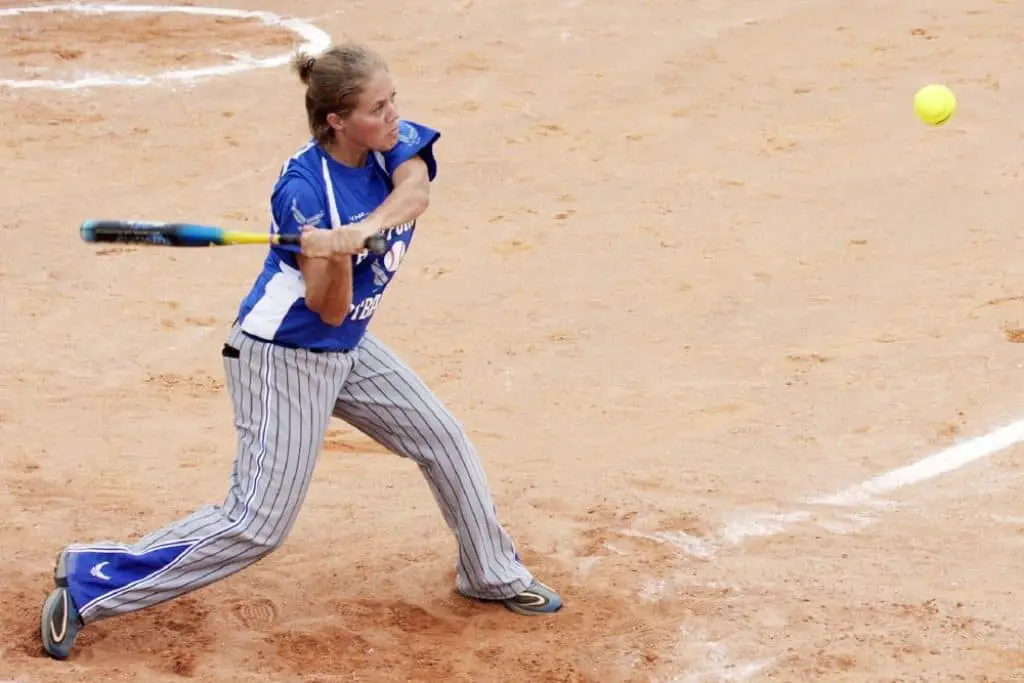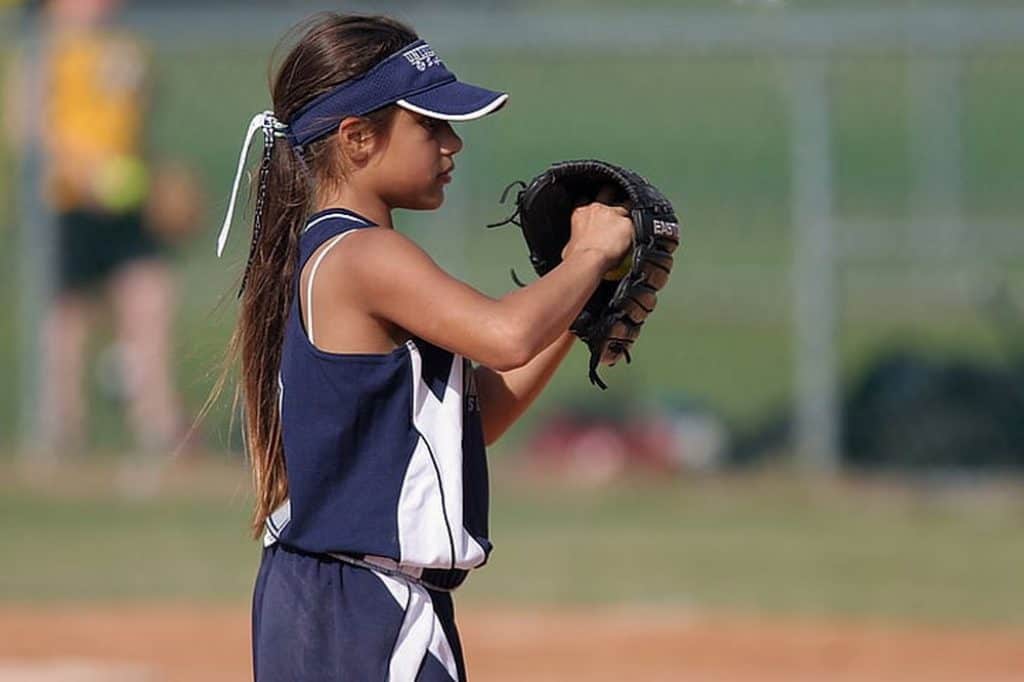What Does PO Mean in Softball Stats? (Solved!)
Even though people new to softball may find it overwhelming at first, the game itself is fairly simple and easy to understand once you get a hang of it.
Still, as the scoring is rather different from any other major sport, reading softball statistics can sometimes get confusing,
The softball boxscore is filled with different abbreviations and acronyms which can make the whole thing look baffling.
One of the stat columns that creates the most confusion is simply marked PO.
If you’re not sure what this stands for, keep reading as I’ll explain what does PO mean in softball stats and why it’s important when evaluating a player’s performance.
Table of Contents
What Does PO Mean In Softball Stats?

In softball stats, PO stands for the putout.
It’s the stat a fielder is credited with when they physically complete an out against a batter or a baserunner.
This can happen in various ways and all of them count as a putout.
While a putout is not among the most significant stats in a game, it’s very important as a part of a big picture.
It’s frequently used to help calculate other, more complex statistical categories. It helps the official scorer verify and “prove” a softball game score.
As every hitter eventually gets put out, scores, is left on base, or is put out, the scorer uses putouts to verify the box score.
They help him prove that the number of times a team has appeared on the plate is equal to the sum of runners left on base, runs, and opposition’s putouts.
Putout should not be confused with “pitcher only”, another softball term marked with PO.
What Is A Putout In Softball?

Putout PO in softball is credited to a hitter in several different scenarios.
This means that there are several methods a defender can put out batter or baserunner while in secure possession of the ball.
In each of them, the player must be the first one to get in contact with the ball. The most common ways to get a putout are listed below.
Force Play
This is one of the most common putout scenarios as it involves infield ground balls that occur rather frequently.
It’s also probably the most unique and interesting putout play as it involves several moves by multiple infield players.
Force play putout can happen when the batted ball is caught by a fielder who has a foot on the base where the batter or runner is forced to move to.
When this happens the putout is not credited to the fielder who initially caught the ball but to the player that tags the base.
Tag Play
Sometimes, the batter or a baserunner is not forced to run on a ball but attempts to get to the next base.
In this case, to get a putout, the defensive player must tag the runner instead of tagging the base. A player that tags out the runner gets credited with a putout.
The tagout putout can also happen without the batted ball, as the fielder can tag the runner while trying to steal the base or during an attempted pick-off.
Strikeout
Another putout scenario happens when a batter misses the pitch on the third and final strike,
Many fans believe that in this case a pitcher gets credited with a putout as they’re the ones who made the batter miss the ball.
However, the player credited with a putout is the catcher, on what is, basically, their last catch.
Catching A Flyout
Sometimes a batter will hit the ball in a way that makes it airborne and a defensive player will catch it before it hits the ground,
In this case, the batter is out through a flyout. The fielder who caught the ball, on the other hand, is credited with a putout.
There’s no particular part on the field where flyouts can occur, they can happen even in the foul area.
Interference
Interference play putout occurs when the team that’s at-bat commits an offensive interference.
This means that the batting team is interfering or obstructing the play by blocking the defensive player.
In this case, the runner that is blocking will be called out while the nearest fielder will get credited with a putout.
The batter can also be called out if a fan interferes with the play.
They can do this by reaching over the fence and touching the ball either on the ground or in the air. The fielder that was going after the ball and trying to catch it records a putout.
Appeal
Appeal play putout happens when the team currently on defense draws the umpire’s attention to a rule violation.
In case the player catches a ball or tags the base on appeal play, that player is credited with a putout.
What Is The Difference Between The Putout And An Assist?
Softball fans also often get confused by the distinction between a putout and an assist.
This is mainly because an assist can not occur without a putout, while a player can record a putout without an assist.
Usually, both of these will occur, but sometimes plays will not overlap like in the case of flyouts or some groundouts.
When a fielder catches a ground ball and forces out by stepping on a base or tags a runner, they’re credited with an unassisted putout, and no assist is recorded.
Nevertheless, if the fielder does this and then throws a ball to another teammate to record an out, they’re credited with both an assist and a putout.
Whenever a fielder touches the ball, an assist is recorded, even if they touch it unintentionally.
Conclusion
As you can see, the rules on putout in softball are fairly simple, even though they may seem confusing at first.
Even though this is not a stat you hear about very often, it’s still a big part of the game and is recorded rather often.
So, you could learn what it means in order to better understand softball and follow the game more easily.
There are numerous scenarios where putout can occur and some players can accumulate a fairly huge number of these over the season.
If you’ve read what was written above, you wouldn’t be surprised to learn that positions with the most putouts are catchers and first basemen.




